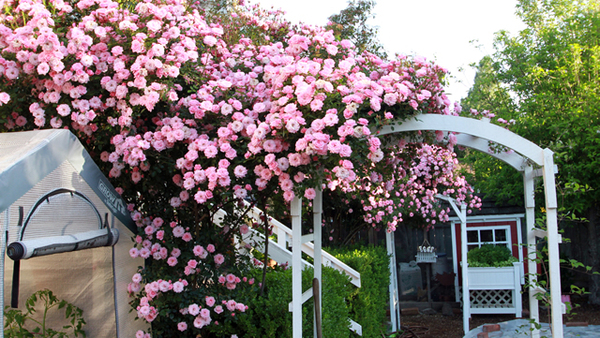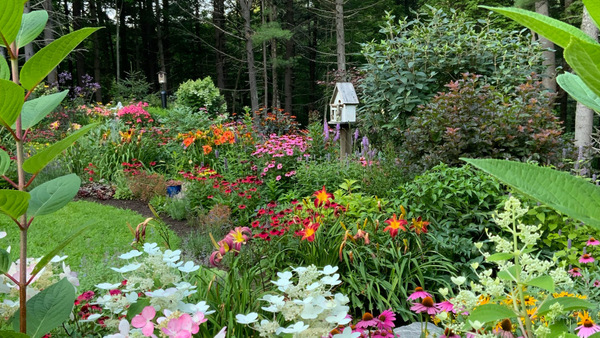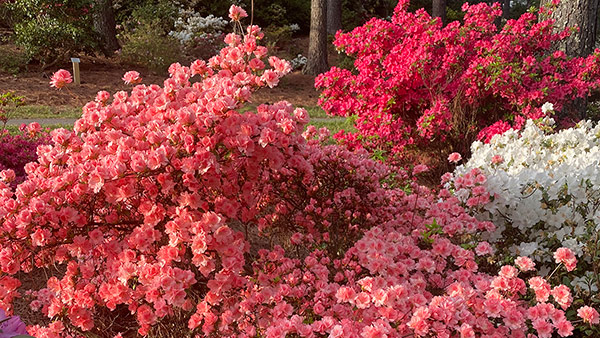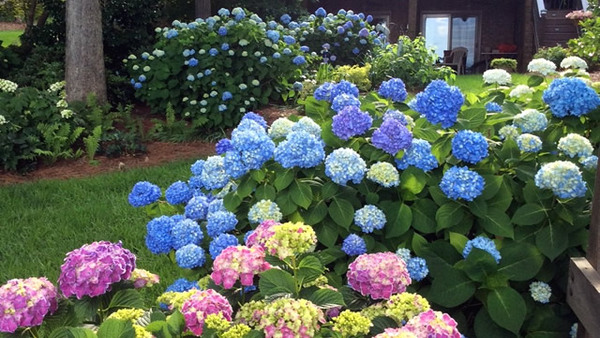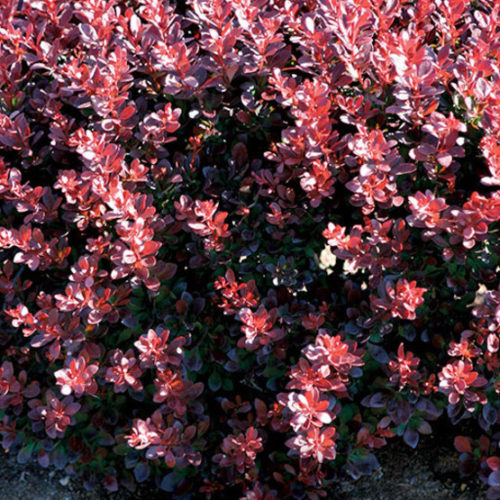
Grown for its neat habit, yellow flowers, and red fruit, this shrub spreads prolifically by seed and is considered invasive in some areas, including the Northeast. Alternatives include bayberry ( Myrica pensylvanica ) and winterberry ( Ilex verticillata ). The many cultivars include ‘Atropurpurea Nana’ (red-purple foliage); ‘Aurea’ (bright yellow young foliage); ‘Pink Queen’ (variegated); and ‘Silver Beauty’ (leaves mottled creamy white).
Noteworthy CharacteristicsInvasive. Attractive foliage.
CareAdaptable to most any soil in full sun to part shade.
PropagationSpreads prolifically by seed.
ProblemsScale insects, mites, Japanese weevils. Canker, dieback, fungal leaf spots, powdery mildew, root rot, Verticillium wilt, rust diseases.
- Genus : Berberis
- Plant Height : 3 to 6 feet
- Plant Width : 3 to 6 feet
- Zones : 5, 6, 7, 8
- Growth Rate : Fast, Moderate
- Light : Full Sun to Partial Shade
- Moisture : Medium Moisture
- Maintenance : Moderate
- Foliage Color : Purple/Burgundy
- Characteristics : Showy Foliage
- Plant Type : Shrubs
- Bloom Time : Spring
- Plant Seasonal Interest : Spring Interest
- Flower Color : Yellow






